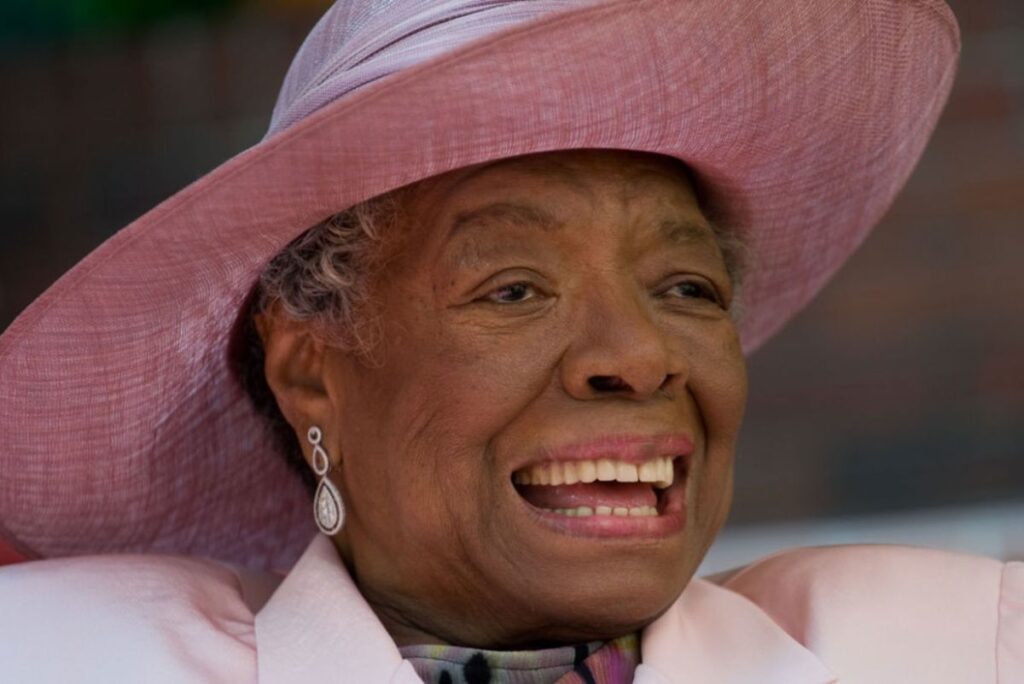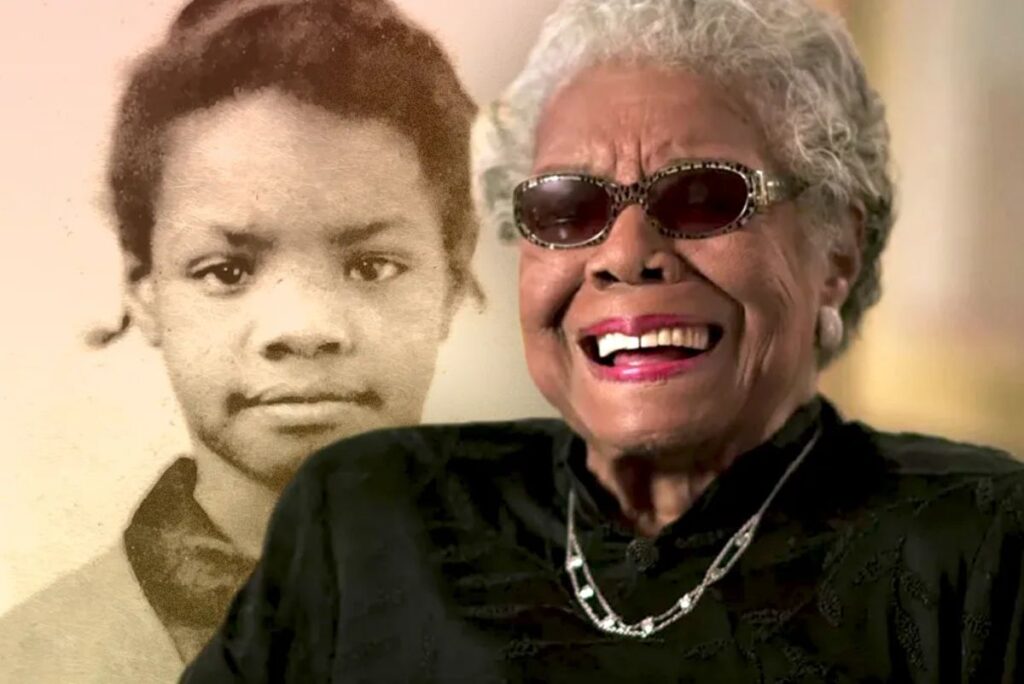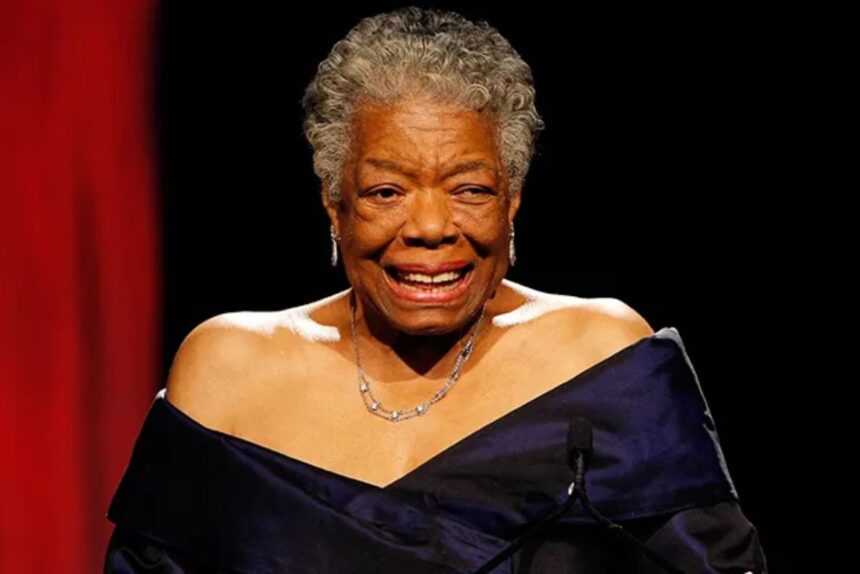On May 28th, 2014, one of the most influential writers of our time, Maya Angelou, passed away in North Carolina, USA, at the age of 86. Primarily well-known for her poems that have a universal appeal, Maya left the world a wealth of knowledge that continues to impact lives across the human divide. She addresses topics usually shunned by many authors in her works, identifying and becoming a voice for the downtrodden masses of humanity. She mainly came strong on slavery, racial discrimination, and identity.
Maya was born in St. Louis, Missouri, but soon moved to Arkansas to live with her grandmother after her parents divorced. Maya experienced the Jim Crow Laws in Arkansas that denied the black community equal rights with white compatriots in a deeply segregated society. But the killing of her sexual molester, allegedly by her uncle in Chicago, turned Maya’s life upside down. She had been visiting Chicago when her mother’s boyfriend sexually violated her. Shaken, she kept the incident to herself, but later, she confided to her brother.
The killing of her attacker sent Maya into psychological devastation and trauma, and for the next five years, she became voiceless, never uttering a word to anyone. Joining the Labor School in San Francisco, where she studied drama lessons after receiving a scholarship, shifted her life into becoming a soaring woman who gained a different perception.
Hufan Farah
Maya: A Life of Resilience, Activism, and Literary Triumph
From her early years, Maya proved to be an individualist, trying all sorts of jobs, ranging from music and prostitution to catering and recipe writing. She also experienced single motherhood and divorce. These harsh realities of her early life shaped Maya into the human rights critic she later became.
The thirst to write and create a world that resonates with her life inside Maya became stronger until she joined the Writers Guild in New York, where she interacted with many rising black writers. Influenced by the spirit of Pan-Africanism, she moved to Egypt, where she worked as a newspaper editor, and later to Ghana, serving at the University of Ghana and writing for the Ghanaian Broadcasting Corporation.
In 1964, Maya returned to America after being captivated by the civil rights movements of great activists such as Malcolm X and Martin Luther King Junior. Still, mournfully after both leaders were assassinated, she wrote to deluge her sorrow for their deaths. Maya’s works cut across several genres, including autobiographies, poems, short stories, and essays, many considered controversial. For instance, her first autobiography, ‘I Know Why the Caged Bird Sings,’ was considered for banning by the American Library Association due to language and being too explicit in portraying rape and other sexual abuse. In addition, the Alabama State Textbook Committee declared it to encourage “bitterness and hatred towards white people. Yet, her unapologetic and radical views on sensitive interracial issues made her stand out amongst her contemporaries and gained her international following and admiration. As a result, she was in high demand as a professor of English Literature and highly sought after by many prestigious educational institutions.

Maya Angelou’s Poetic Mastery: An Analysis of ‘Still, I Rise’ and ‘When Great Trees Fall’
In one of her most famous poems, ‘Still, I Rise,’ Maya successfully uses many figurative linguistic devices to drive her point home. The poem is themed around the suffering of the
black race during the Jim Crow days. She uses the words twisted lies to refer to the attempts of the former enslavers to legitimize slavery by trying to hide in their documentation of history the facts about the slavery era. When she says, ‘Trod me in the very dirt,’ she is metaphorizing the dishonorable place in society accorded the enslaved Black people and the attempts of their white masters to keep them down. ‘Does my sassiness upset you?’ is a colloquial rhetorical question that suggests that the white master never wants to see the enslaved Black person happy. ‘Like I’ve got wells’ is a simile that shows how confident the enslaved Black person is, despite all the oppression. ‘Moons and suns’ referring to the heavenly bodies show her love for African ancestry. ‘Bowed head and lowered eyes’ symbolizes the shame and servitude the white master wanted to see on the enslaved Black people. ‘Like teardrops’ is a simile that stands for hopelessness as an aim of slavery. ‘Shoot,’ ‘Cut,’ and ‘Kill’ signify the tools of violence used upon the black race by the white community. She uses the alliteration ‘Huts of history’ to refer to the slave trade, which brought black people to America. The metaphor “I’m a black ocean” concerns her skin color and rich history. ‘I rise’ is repeated throughout the poem and becomes the mantra or the driving force for African Americans in those difficult times. ‘Nights of terror and fear’ in the verse refers to the suffering meted out to the black community by racist groups like the Ku Klux Klan. “I am the dream” is a metaphor and could refer to the American dream or Martin Luther King Junior’s pursuit of freedom and equality in America.
Another example of Maya’s outstanding style can be seen in the poem ‘When Great Trees Fall’ in which she describes her healing process after two great heroes, Malcolm X and Martin Luther King Junior, were assassinated. The poem is a mixture of metaphor and personification, which effectively brings out not only the physical and psychological loss brought about by the death of a great leader but also the hope and optimism that such deaths bring to the loved ones left behind.

Maya Angelou: A Voice for Equality and a Literary Titan
In the other poem, ‘Equality,’ Maya addresses the theme of discrimination, not only between the races but also between the human genders. The poem suggests a lack of understanding between the races and genders, which brings about the evils of human ownership and slavery.
Maya received many prestigious awards for her extraordinary contribution to the literary world, including the Medal of Freedom and the American Academy of Achievement’s Golden Plate, with many of her books translated into different languages. Her works have become crucial parts of academic curricula in several countries worldwide. Her poem ‘Still, I Rise’ is amongst the set pieces in the current GCSE English Anthology. Several American presidents appointed her to serve in different government capacities. Her face was chosen, alongside others, to appear on the reverse side of the American quarter coin as an honor to celebrate American women’s outstanding achievements.




















